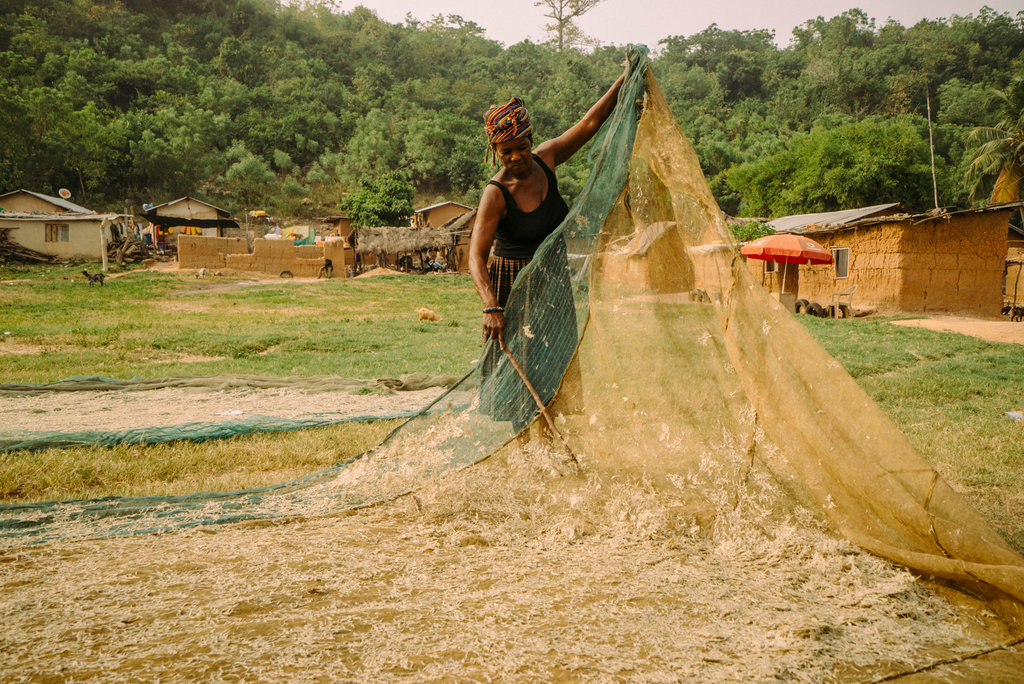While there are certainly policy solutions to rampant overfishing, not all solutions will come from government. For example, there are emerging technological solutions that will make bycatching and other forms of waste less prevalent and harmful.
Simple innovations based on existing technologies, such as Fishtek Marine seek to save sea mammals from the nets of commercial fishermen while also increasing profit margins for these companies in a win-win scenario. Their device is small and inexpensive and thus does not present an undue burden to either the large-scale commercial fishing vessels or small fishermen looking to eke out a living in an increasingly difficult market.
We must also recognize that current regulations simply do not work. In one extreme case, governments restricted fishing for certain forms of tuna for three days a year. This did absolutely nothing for the population of tuna, as the big commercial fishing companies simply employed methods to harvest as many fish in three days as they were previously getting in any entire year.
This, in turn, led to a greater amount of bycatch and waste. Because the fishing operations didn’t have the luxury of time to ensure that they were only catching what they sought to catch, their truncated fishing season prized quantity over quality with predictable results.
Quotas, specifically the “individual transferable quota” scheme used by New Zealand and many other countries does not seem to work as intended for a number of reasons. First, these quotas are, as the name might suggest, transferable. This means that little fishermen might consider it a better deal to simply sell their quota to a large commercial fishing operation rather than go to work for themselves and we’re back to square one.
More generally speaking, quotas seem to be a source of waste. Here’s how they work: A fishing operation is given a specific tonnage of fish from a specific species that they can catch. However, not all fish are created equally. So when commercial fishing operations look at their catch and see that some of it is of higher quality than others, they discard the lower-quality fish in favor of higher-quality fish creating large amounts of waste. These discards can sometimes make up 40 percent of the catch.
An alternative to the current system is one that balances the need for fish as a global protein source with a long-term view of the ecosystem, planning for having as many fish tomorrow as there are today and thus, a sustainable model for feeding the world and providing jobs.
One way to do this would be to tie subsidies to conservation and sustainability efforts, rather than simply writing checks to large commercial fishing operations to build new boats and buy new equipment. Such a scheme would also prize smaller-scale operations over larger ones. A more diversified source of the world’s fish would also be more resilient.

One such alternative is called territorial use rights in fisheries management (TURF). In this case, individual fishermen or collectives of them are provided with long-term rights to fish in a specific area. This means that they have skin in the game. They don’t want to overfish the area because to do so would be to kill the goose that laid the golden egg. So they catch as many fish as is sustainable and no more. They have a vested, long-term interest in making sure that there is no overfishing in the fisheries that have been allotted to them.
Not only does this make sustainable fishing more attractive, it also means that there is less government bureaucracy and red tape involved. Fishermen with TURF are allowed to catch as much as they like. It is assumed that sustainability is baked into the equation because the fishermen with rights want to preserve the fishing not just for the next year, but for the next generation and the one after that. This model has been used successfully by Chile, one of the most economically free countries in the world (more economically free, in fact, than the United States), to prevent overfishing and create sustainability. It is a market-driven model that prizes small producers with skin in the game over massive, transnational conglomerates with none.
Belize, Denmark, and even the United States Belize, Denmark, and even the United States are other countries who have used TURF, with significantly positive results.
While it’s nice to support the little guy over Big Fishing and we certainly support sustainability and conservation efforts, there’s another, perhaps more important and direct reason to support reforms designed to eliminate overfishing: food security.
When bluefin tuna, for example, goes extinct, it’s not coming back. That means no more cans of tuna on the shelves of your local supermarket.
That’s a big deal for people in developed, first-world countries, but a much bigger deal in developing countries. When major protein sources are depleted forever, there will be intensified competition for the resources that remain. This also creates unrest in the countries that are less able to compete in a global market due to issues of capital and scale. Even if you’re not concerned with overfishing, overfishing and the problems it creates will soon be on your doorstep unless corrective measures are taken before it’s too late.
